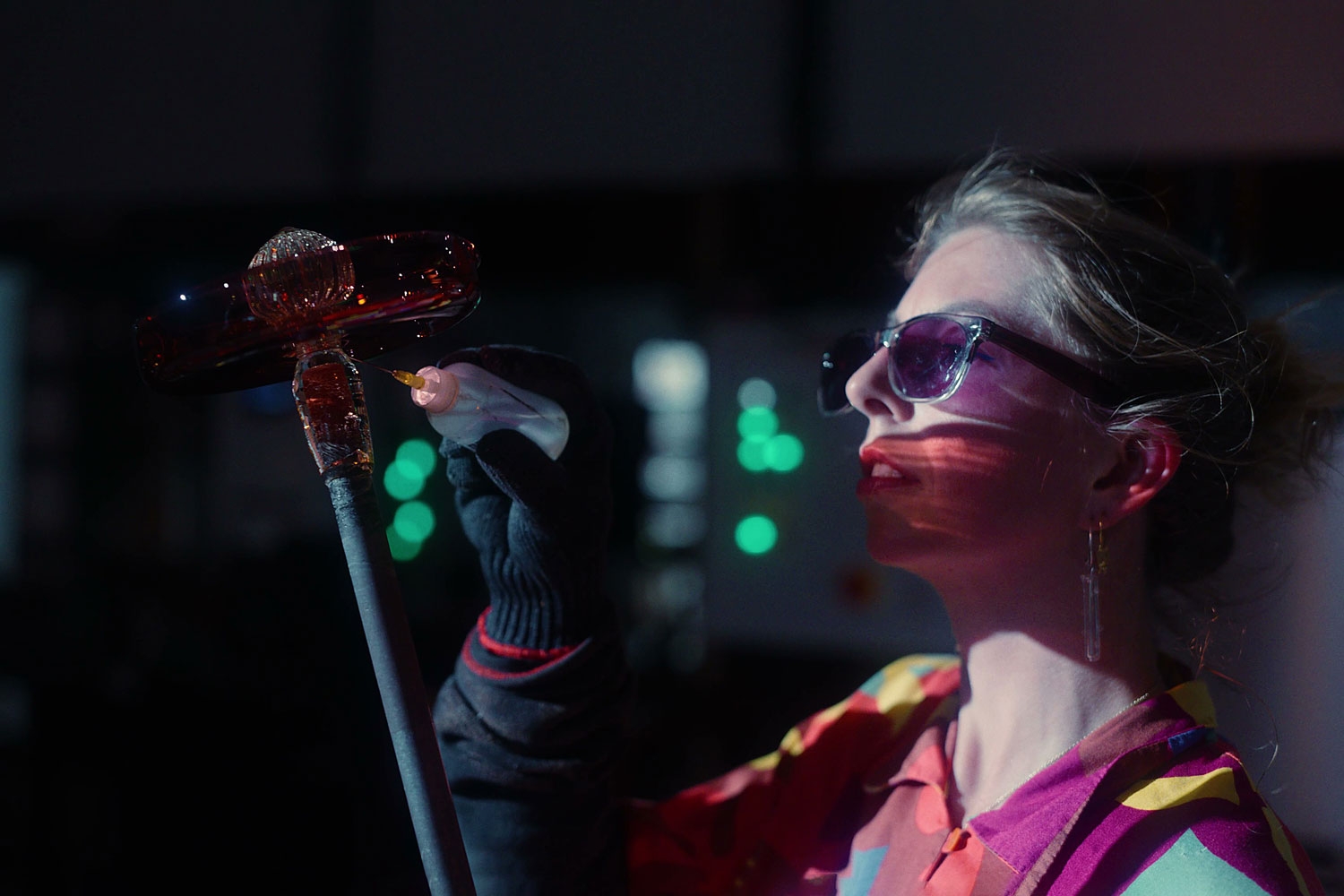
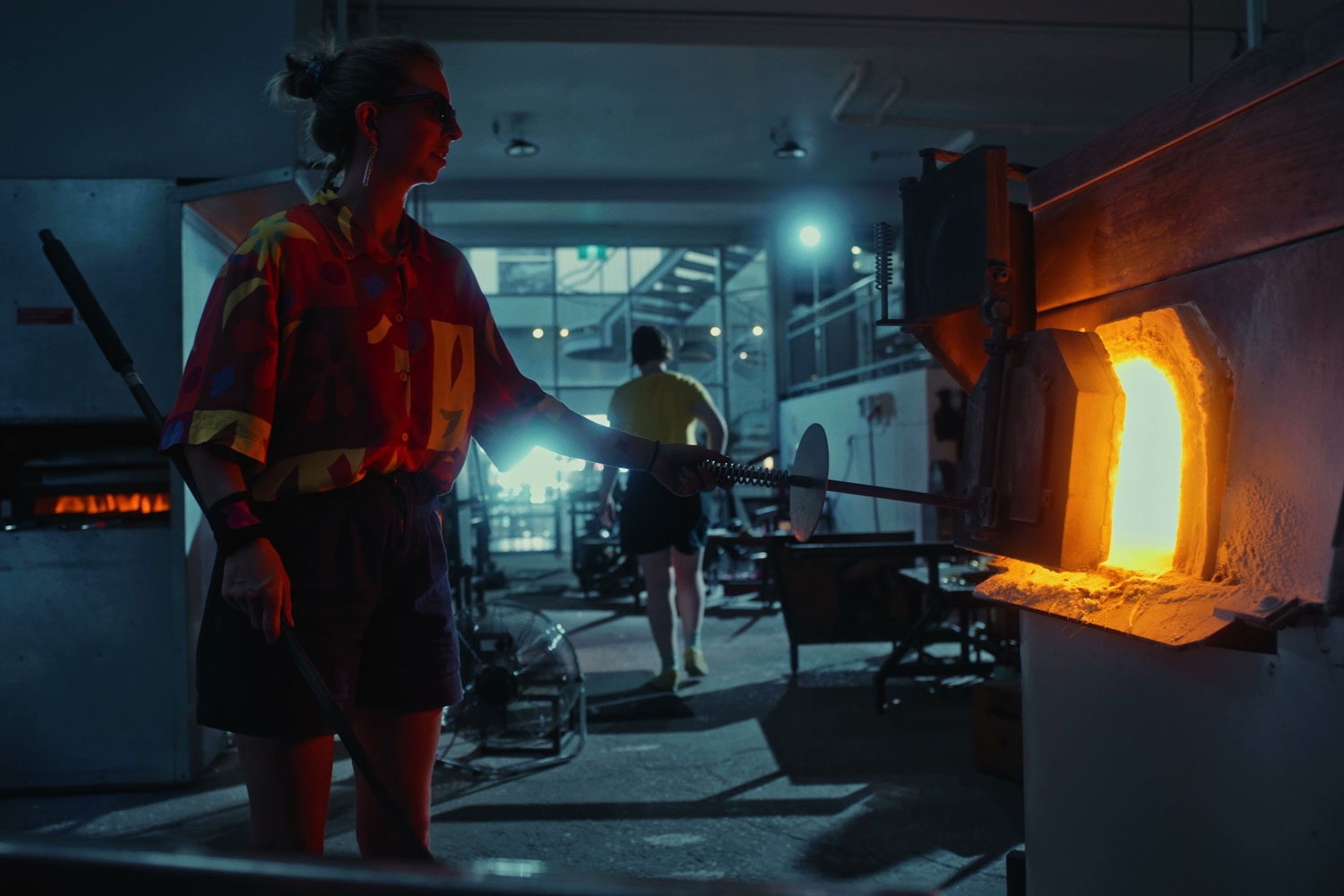
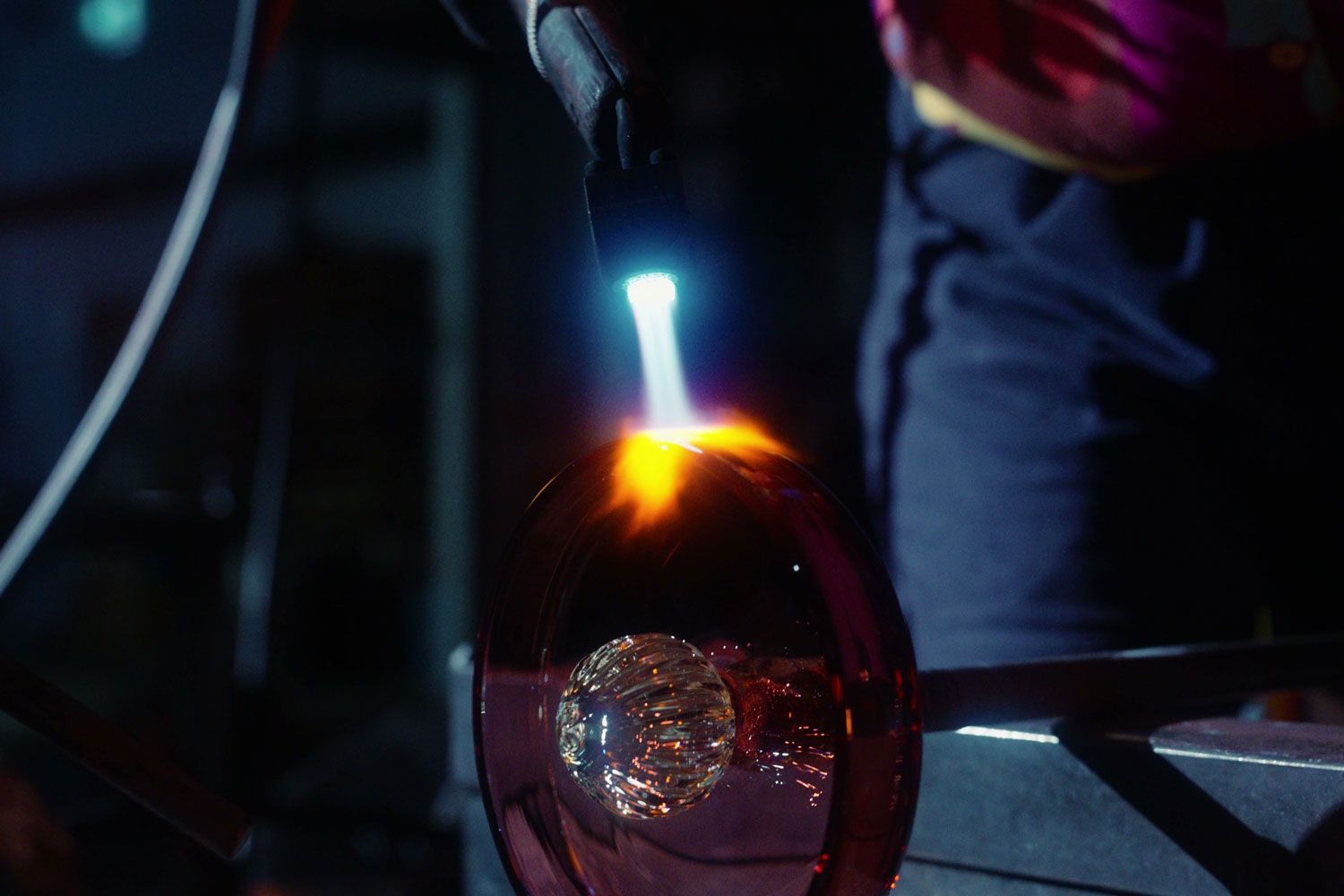
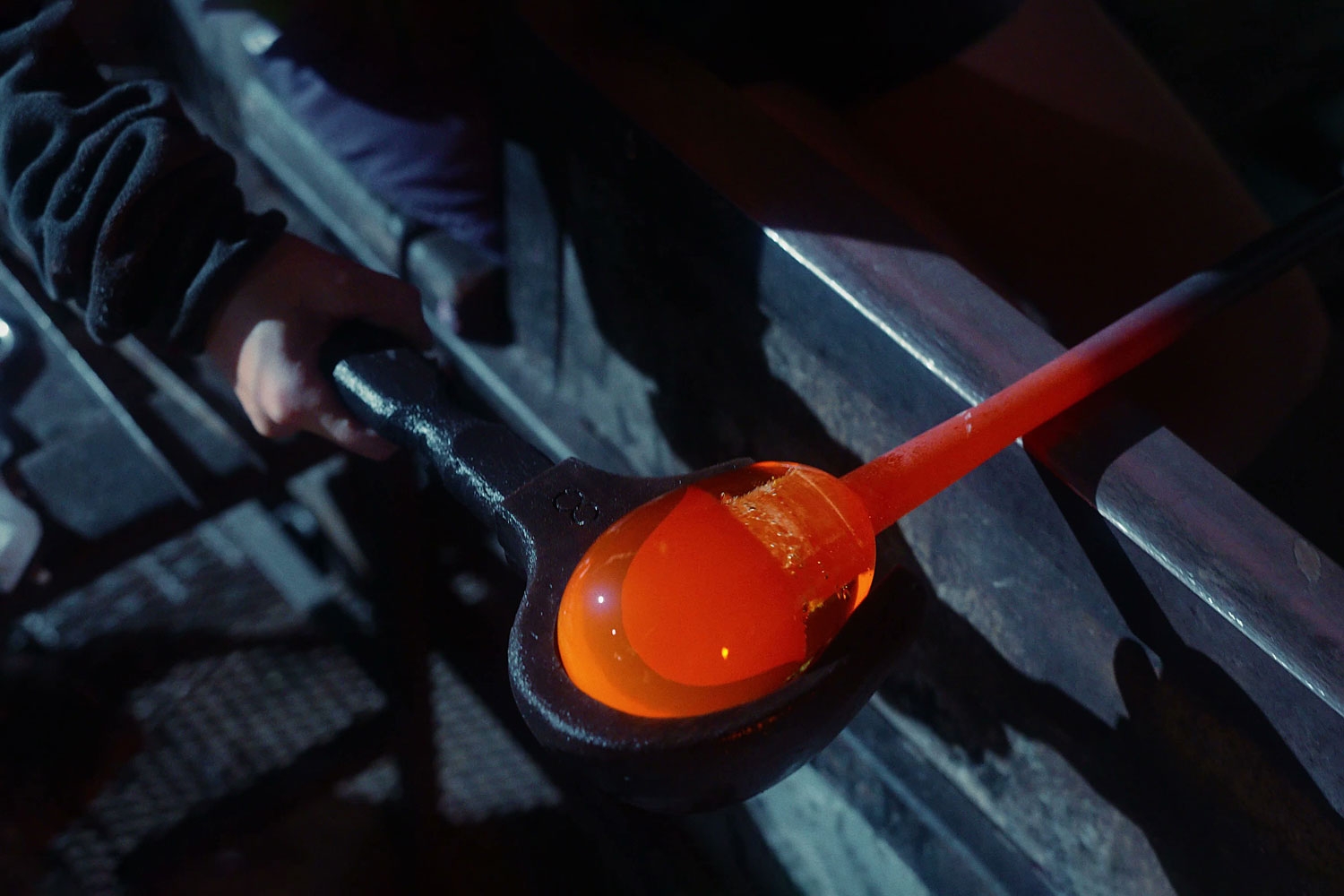
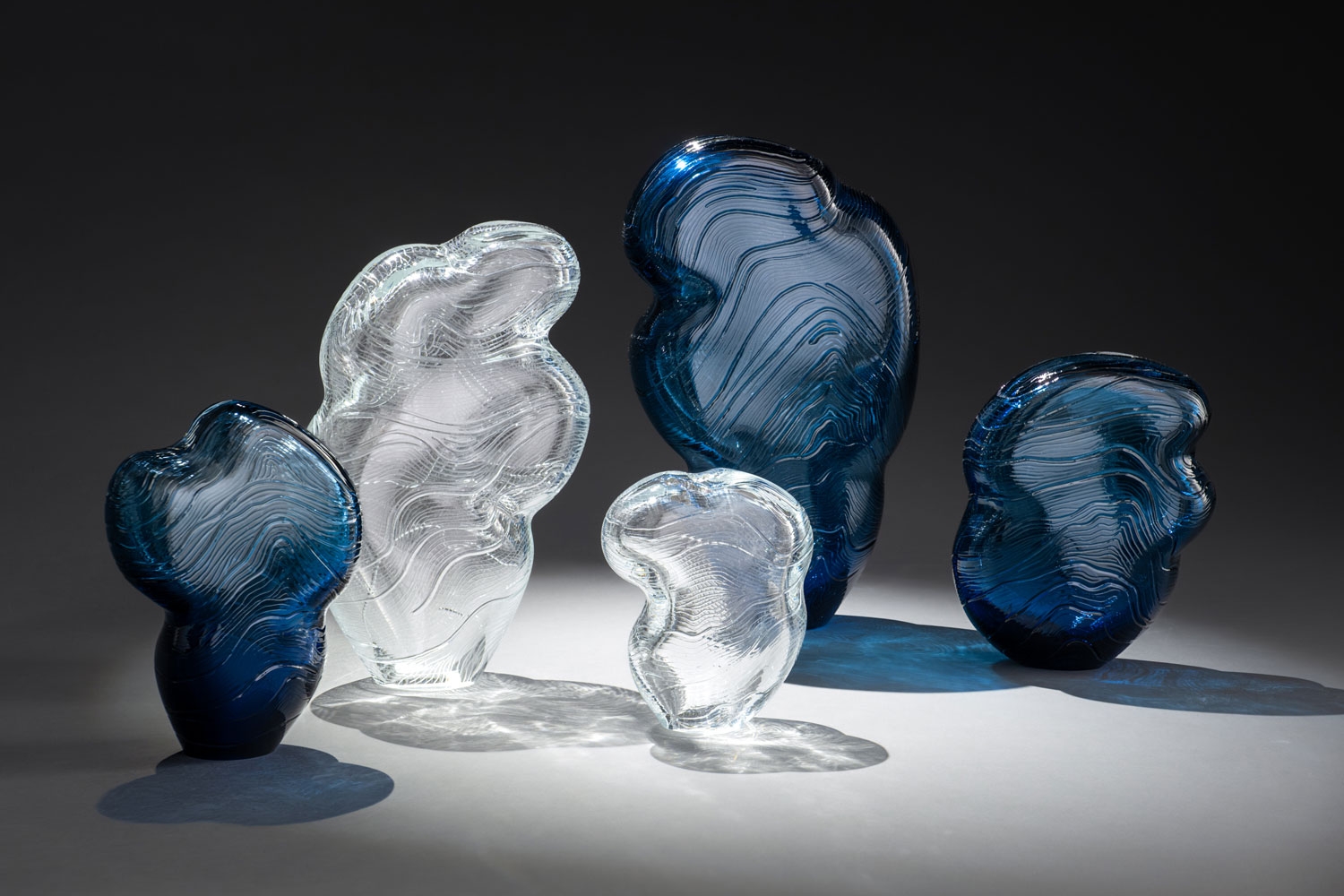





To create her glass sculptures, Alexandra Hirst first starts with the hot, physical process of glassblowing, then turns to the cooler, meditative process of carving. "My sculptures tell their own stories of landscapes and human emotion," she says. Alexandra uses traditional glassblowing methods and incorporates a modern approach through innovative techniques, such as 3D printing and casting. She works from the JamFactory in Adelaide, where the fast-paced nature of the studio has allowed her to further develop her skills and spend more time experimenting. Her works can be seen across the world, from the Grainger Gallery in Canberra to the Toyama Glass Museum in Japan. Her hand-etched tableware featuring native botanicals are showcased in Melbourne. A project Alexandra remembers fondly is producing 120 handheld citrus squeezers for a citrus-themed launch party for Omniyat in Dubai.
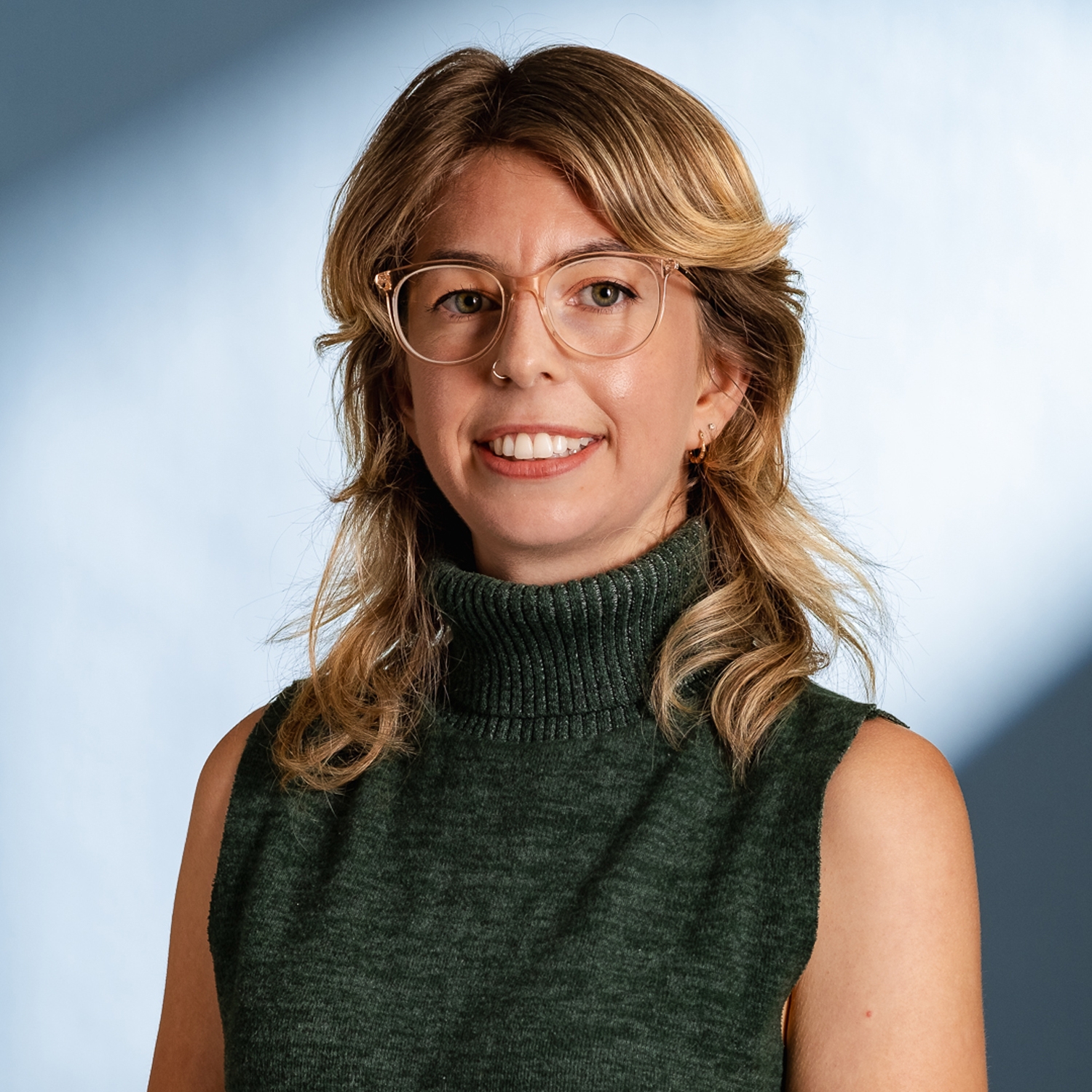
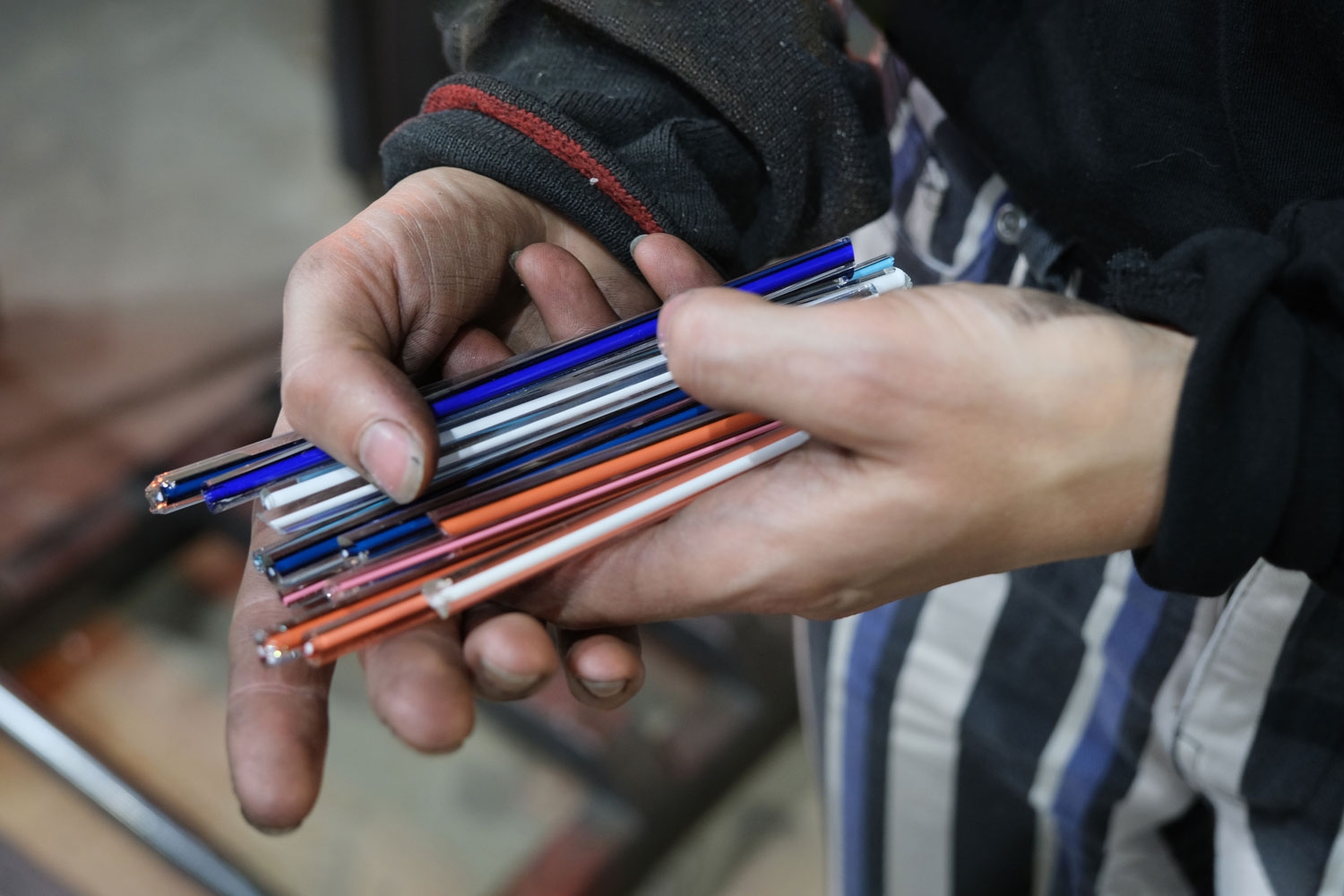
Alexandra Hirst